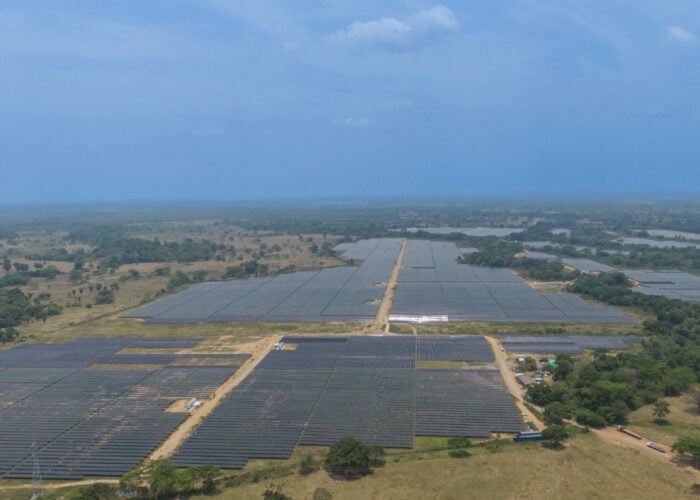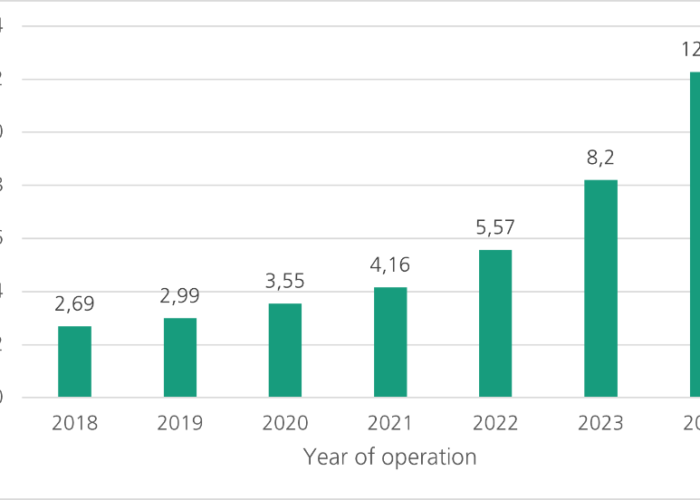
The deployment of grid infrastructure and energy storage is a key element to avoid delaying global energy transition, according to the International Renewable Energy Agency (IRENA).
As the world targets to treble installed renewable energy capacity – to reach 11TW – by 2030, it makes investing and planning in grid development “even more urgent” said IRENA.
Try Premium for just $1
- Full premium access for the first month at only $1
- Converts to an annual rate after 30 days unless cancelled
- Cancel anytime during the trial period
Premium Benefits
- Expert industry analysis and interviews
- Digital access to PV Tech Power journal
- Exclusive event discounts
Or get the full Premium subscription right away
Or continue reading this article for free
“Urgent action must be taken to avoid lagging grid infrastructures, which would delay the energy transition,” wrote Adrian Gonzelez, programme officer, innovation and end-use sectors at IRENA.
A recent report from IRENA, which reviewed 2024’s renewables outlook, showed that despite renewables continuing to grow, its pace has slowed down and the world is currently off track to meet its climate targets by 2030, as covered by our sister-site Solar Power Portal.
Due to solar PV and wind capacity distributed across large areas and multiple locations, expanding the grid would allow renewable energy projects to connect and deliver power in the needed quantities.
Moreover, the declining prices of solar PV panels and batteries would allow for an increase in co-location of solar PV with battery energy storage systems (BESS). IRENA highlights the importance of policy with governments’ need to implement energy strategies promoting solar PV and energy storage integration.
Energy storage targets should be supported by long-term incentives and robust regulatory frameworks. Some regulatory reforms would be required to ensure energy storage capabilities, such as balancing grid variability, enabling peak-shifting and increasing system resilience.
“The path to triple renewable power capacity by 2030 and beyond requires the expansion and modernisation of grids and scaling-up of storage capacities,” added Gonzelez.
As Gonzelez mentioned above, modernising the grid infrastructure would be needed to integrate renewables efficiently. Among the smart electrification strategies proposed by IRENA include innovative grid management tools, which optimise energy flows, minimise curtailments, and enhance system resilience.
Investing in grid infrastructure
The need to build grid capacity was highlighted last year in a report from consultancy firm which forecasted the need to grow global grid capacity’s current size by 2.5 times and invest US$970 billion annually by 2050.
In Europe, industry lobby group ERT said that the European Union needed to invest €800 billion in grid infrastructure by 2030, with the bulk of investment going to distribution grids (60%) and a quarter to transmission grids. The rest would be directed towards cross-border transmission and energy storage.
“Governments, private sector, international organisations and financial institutions must collaborate to address related regulatory gaps, establish clear standards, and prioritise investments in these critical enablers that create positive socioeconomic impact,” concluded Gonzelez.






